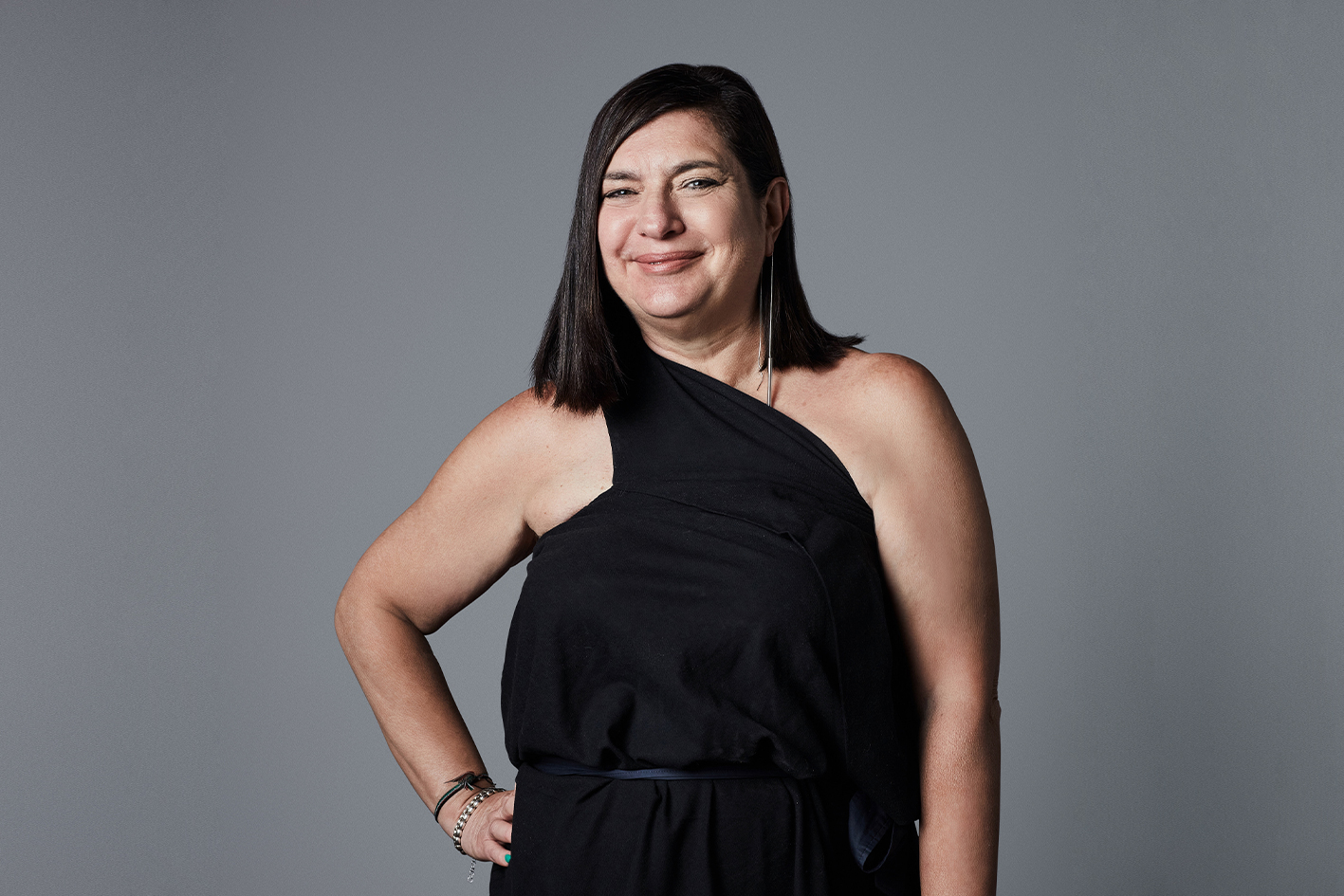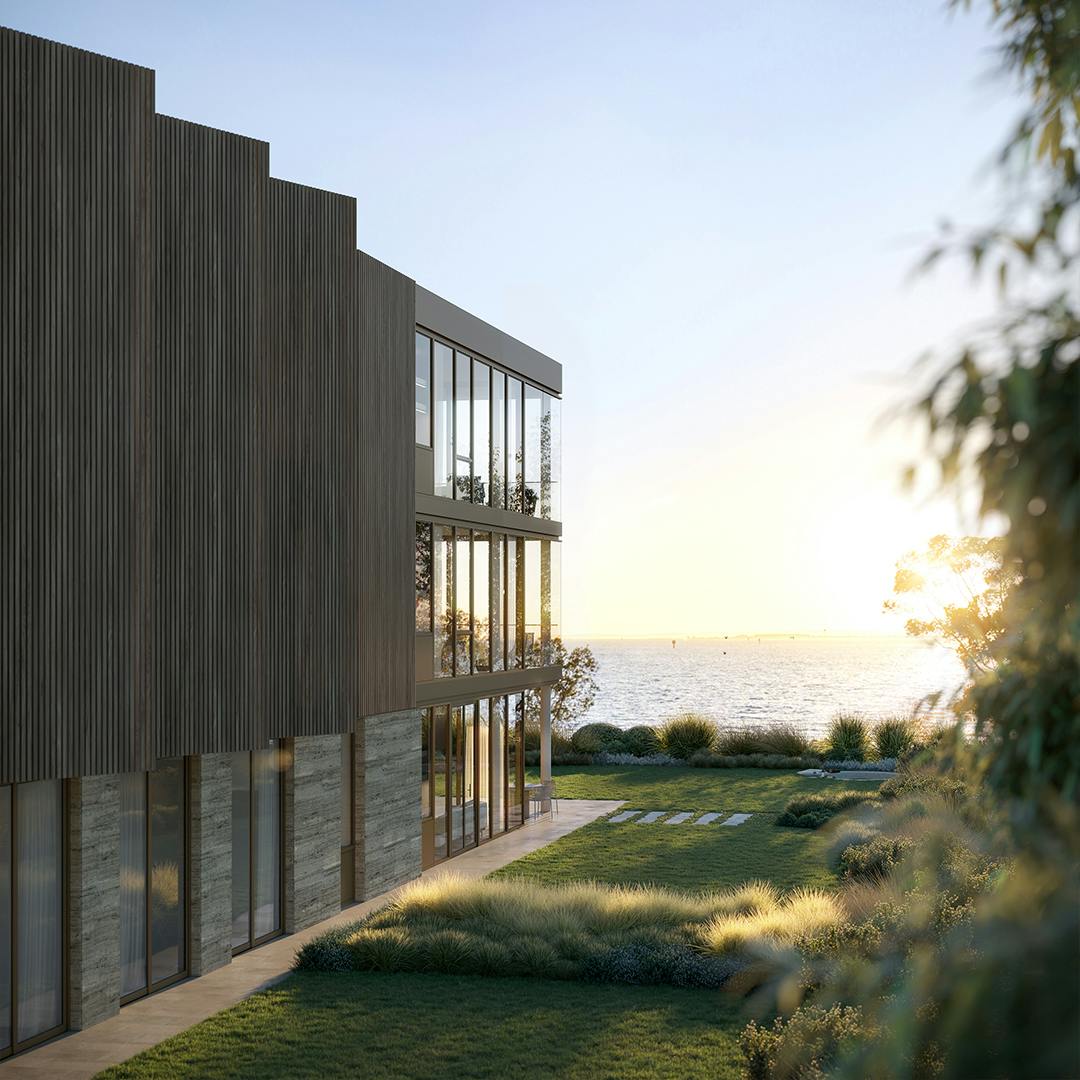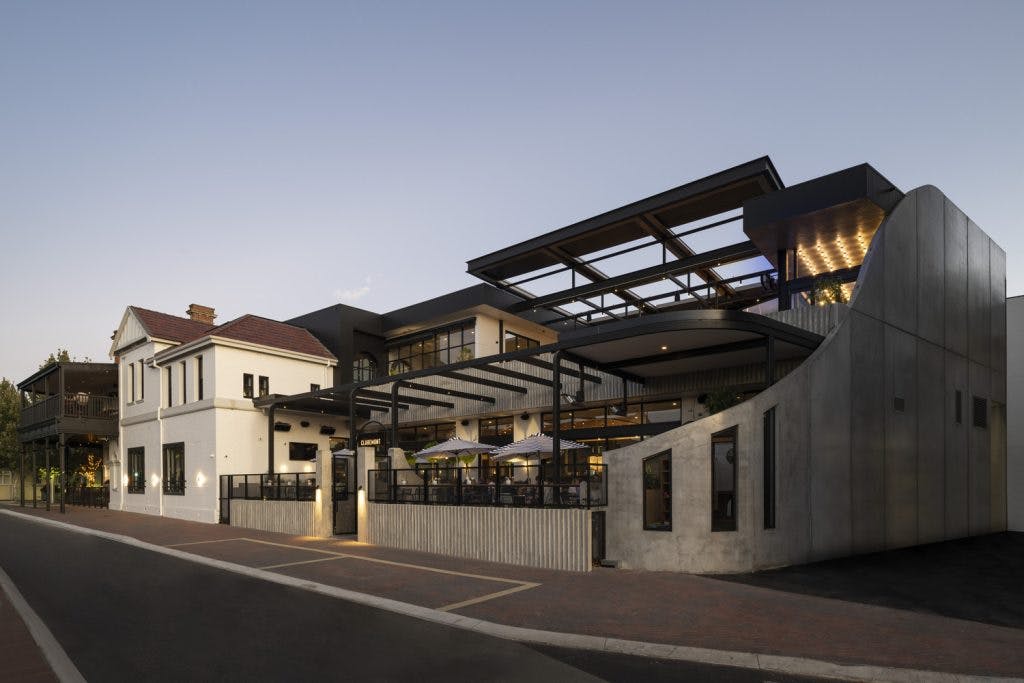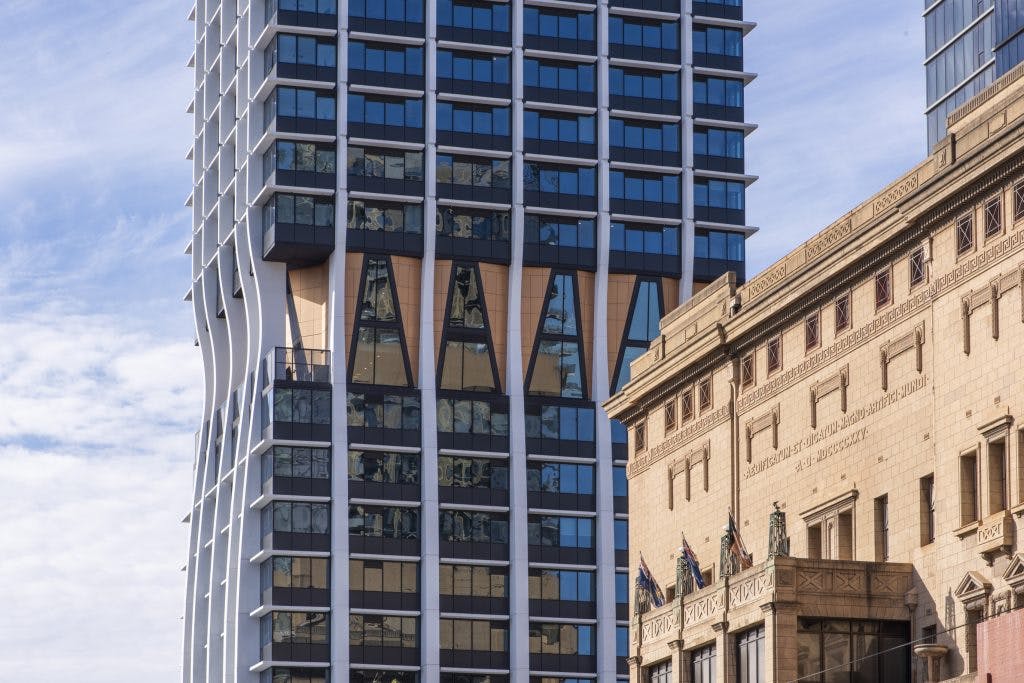The Undeniable Humanism of Mixed-use; Five Transformative Trends Examined – By Susanne Pini
Rothelowman believes in creating places with character and purpose that recognise the built environment’s human-centric nature. To achieve this, we need to innately understand how people live.
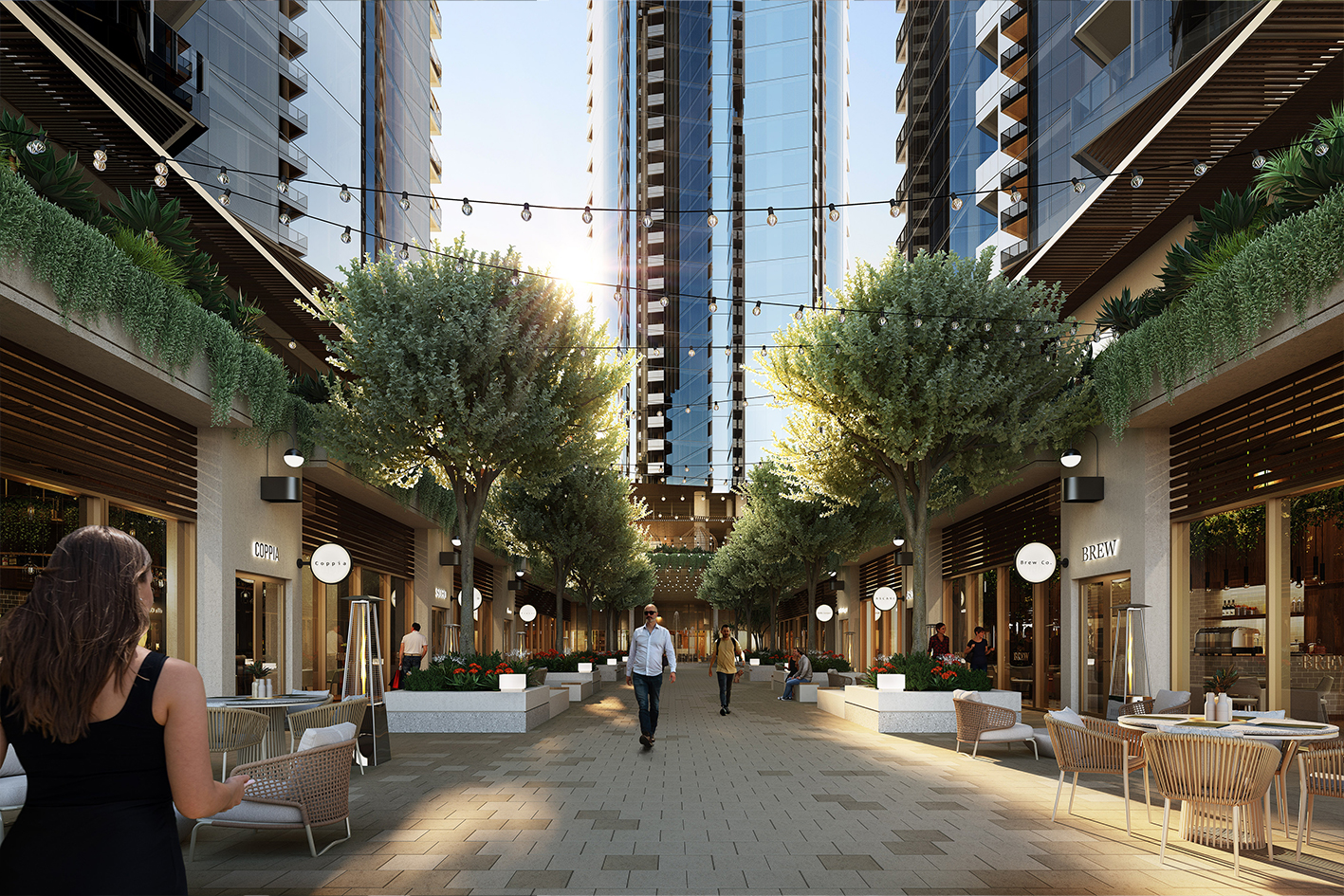
Paradiso Place
Our life stages influence our notion of home and so too do cultural and societal changes. Rapid urbanisation, notions of suburbia, the role of gender and the reprioritisation of work are just a few shifts which influence not only how we live, but how we choose to live.
Welcome to the Great Flux
Traditional ideas of work/life balance have radically shifted the line between our ‘at work selves’ and our ‘out of work selves’. No longer limited by the confines of a nine to five, our days become an amalgam of live, work and play. This calls for developments which mirror the ‘de-siloing’ and the ‘uncoupling’ of uses, which is where mixed use developments hold the key.
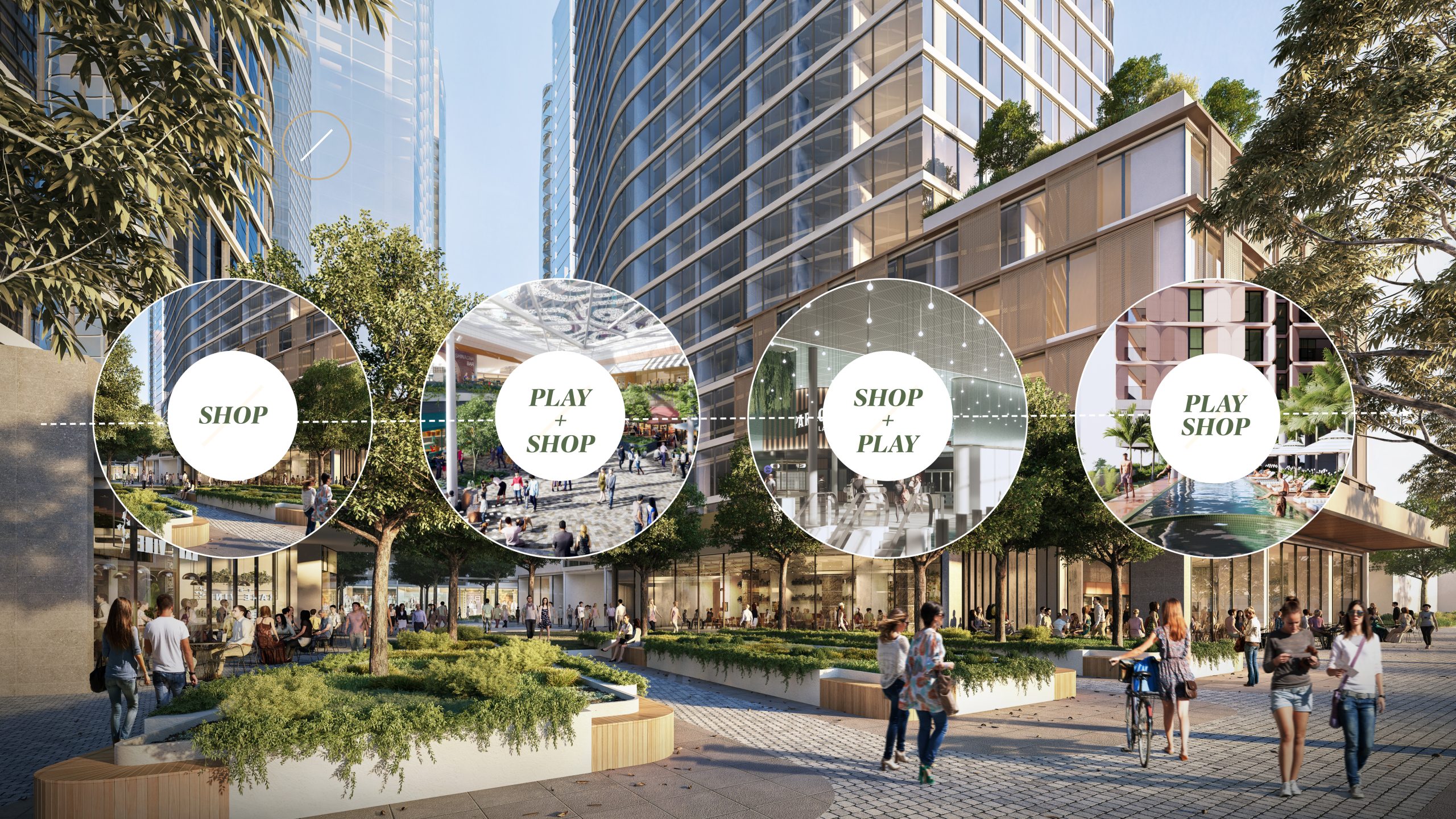
A Seismic (re) Shift
Throughout history, human settlement has organised itself into mixed use patterns. For example, since their rise in the 60s, shopping centres have evolved to include play and entertainment as a ‘second bow’. Combined with a rise in seeing food as more than just sustenance, today there is an expectation that centres include work, live and play.
Jane Jacobs, an urban writer and activist, attacked single use zoning as the “death” of great American cities. She believed mixed use zoning played a key role in creating an organic, diverse and vibrant streetscape; mirrored life, and thus, became a vessel for it.
The Role Change
The evolution of mixed use developments require us to think about place differently. We need to think about how what we create contributes to the life of a place — how the physical mirrors the social. This is about a holistic view of how a mix of uses can ‘orchestrate’ a full and seamless snapshot of life; a ‘yes’ to creating spaces where we can ‘smell the roses’, kick a ball, exercise and play with the kids.
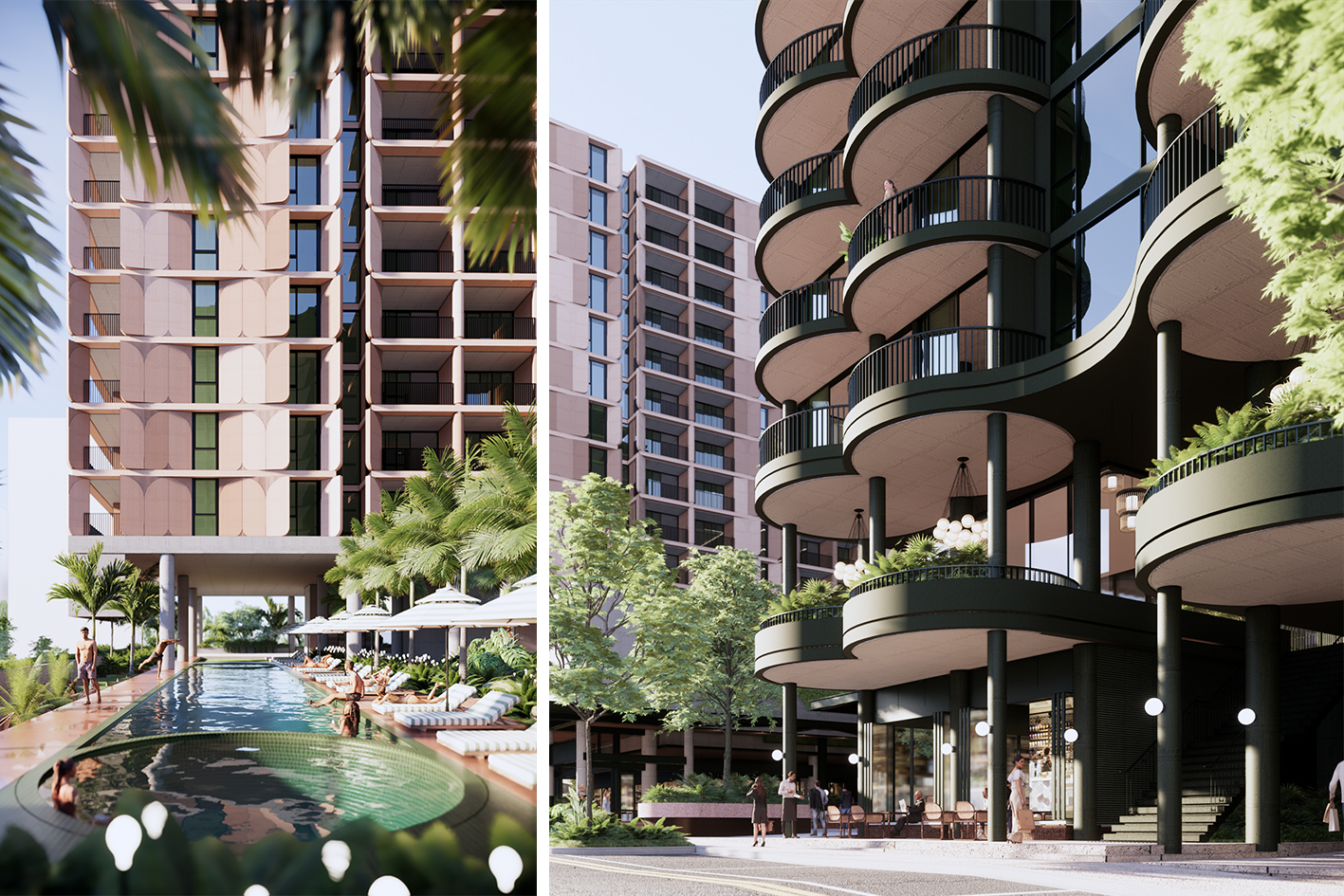
Buranda Village
A Community of Interacting Organism
The complexity lies in how to set a network of interrelation and interoperability across uses while retaining a sense of privacy within the public. Remembering that each time we separate uses, we also separate people, leading to poor social and environmental sustainability. Instead, we should create more concentrated and overlapping points of activation with uses that create lively environments.
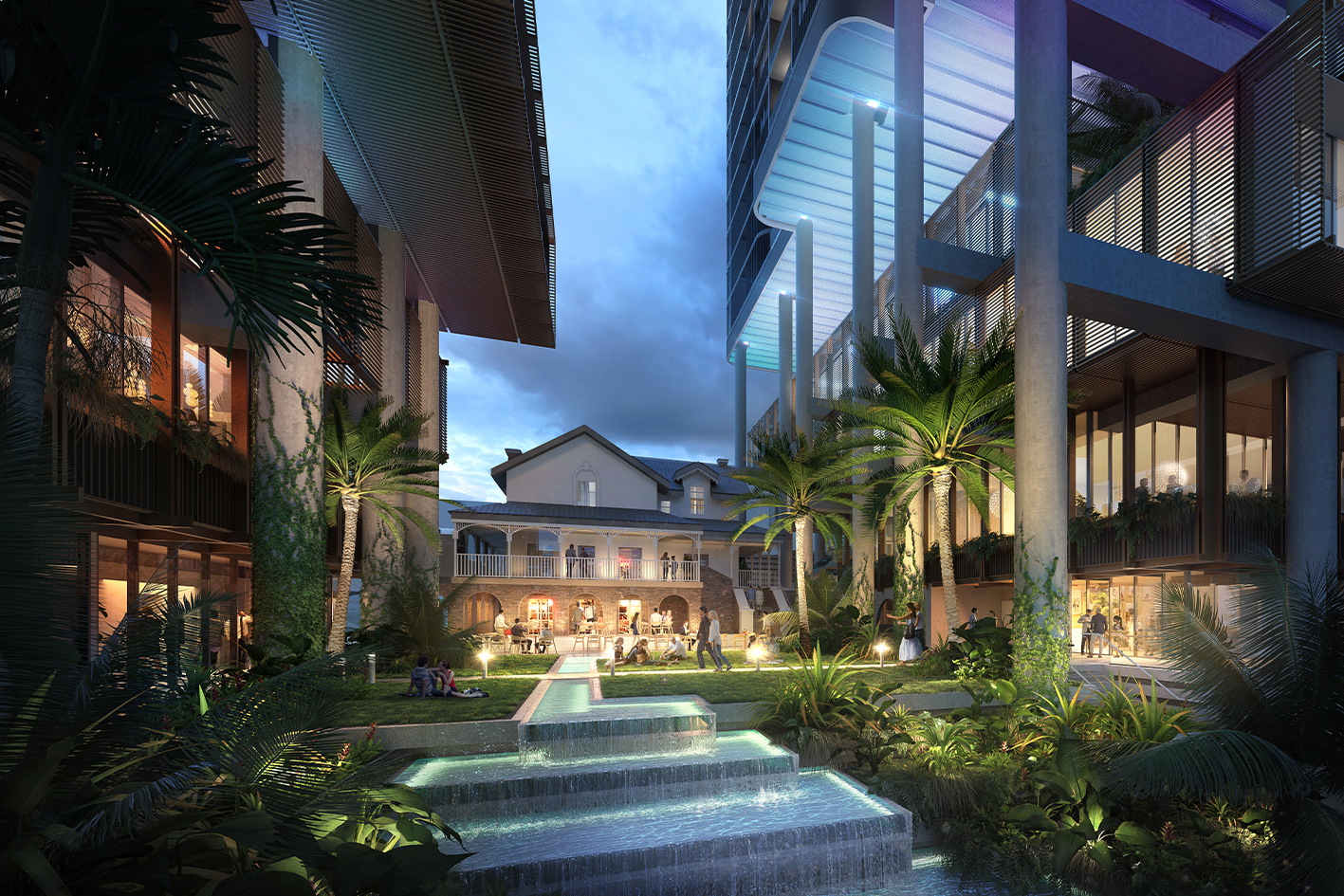
Coronation Drive
The Great Connector
For mixed use to truly work, it needs to be part of a greater ecosystem of use. Streets, public spaces, green corridors and the mix of uses need to be open, permeable and connective far beyond the defined boundaries. In any great town, it’s the connective tissue which crafts the experience of the place – a beautiful and complex web of human interaction.
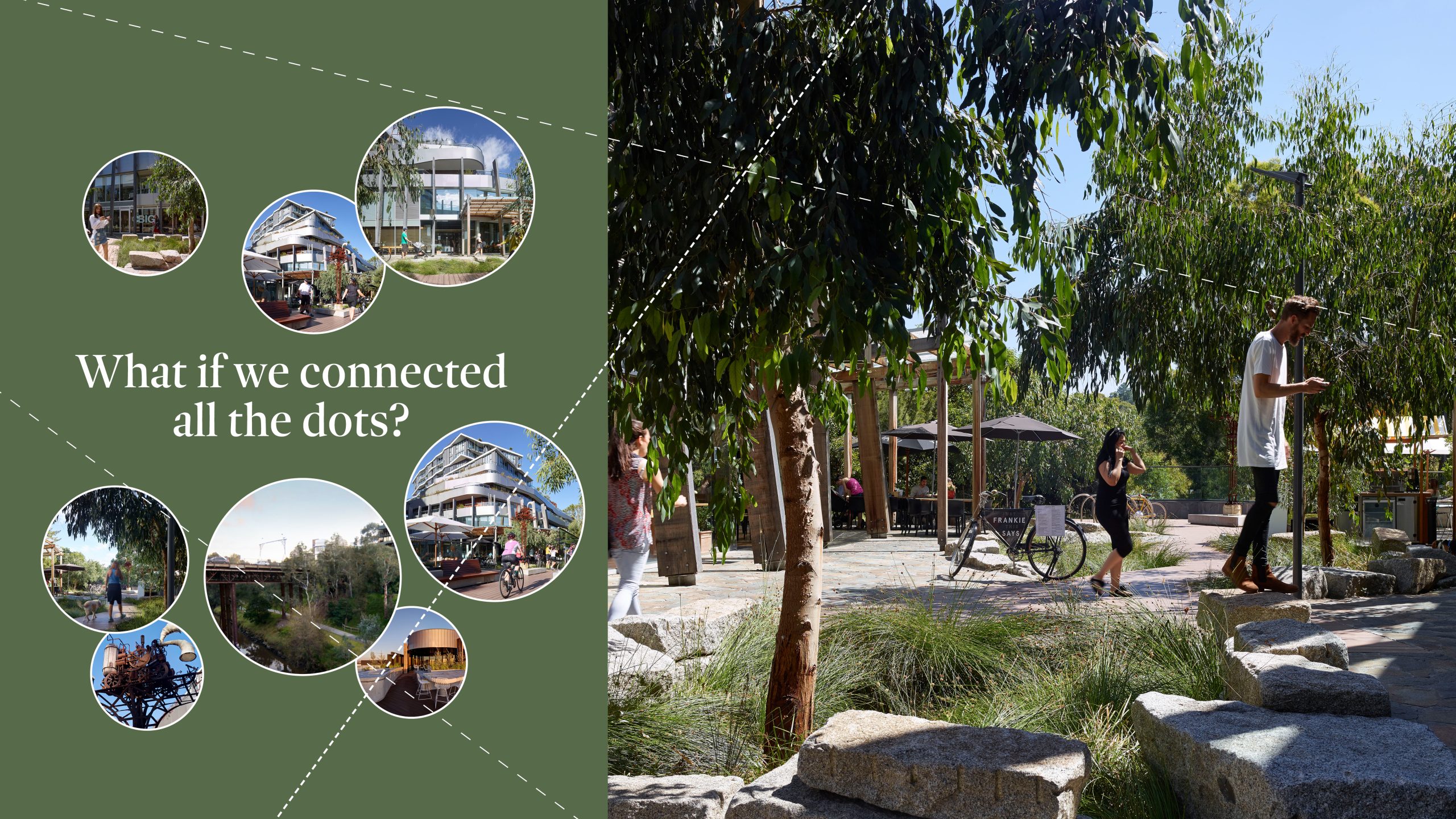
Fluidity, flexibility, blurred and temporal are not terms we usually like to hear in property, but are highly reflective of the way we now more commonly see our lives. The places we create need to reflect this unpredictability and leave room for the outcome to be shaped by more hands than ours.
___________
Susanne Pini is a Rothelowman Principal who is inspired by a desire to elevate the design of buildings beyond just form. She is passionate about an architect’s role in designing for human connection and experience. With more than 30 years’ experience leading award-winning city-shaping projects, Susanne specialises in mixed-use developments, as well as master planning, town centres, and large, complex urban regeneration projects.
